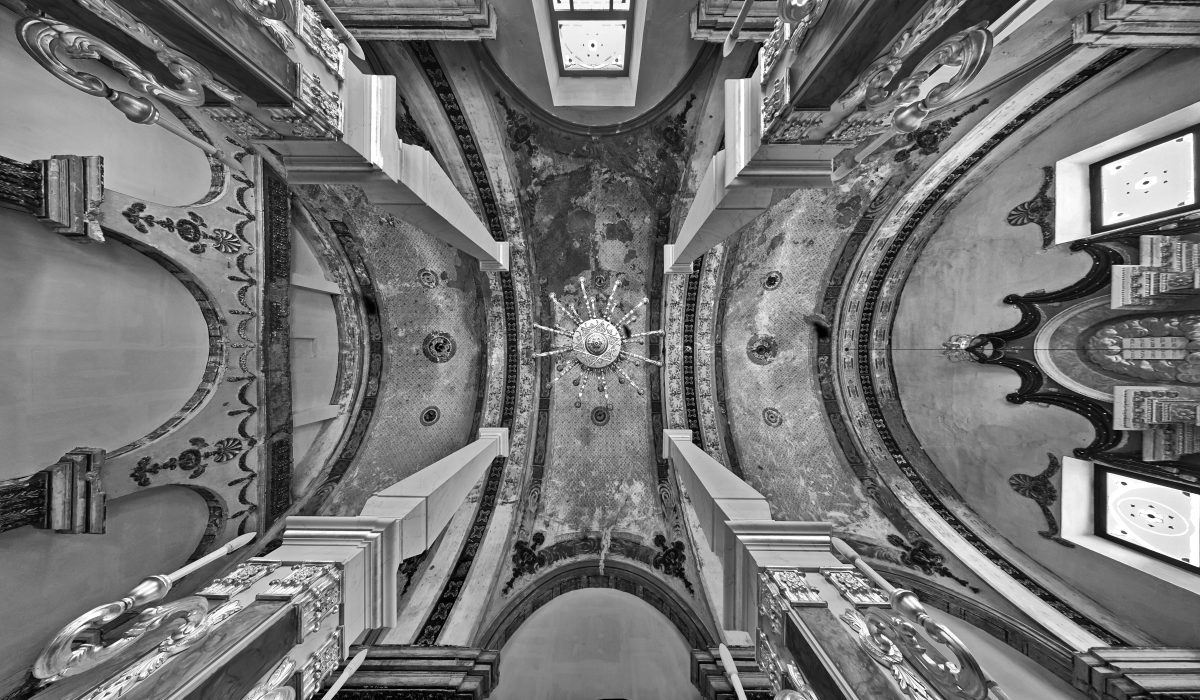The Synagogue In Óbuda
Assumptions and reconstruction
Text: Rudolf Klein, Gergely Nagy
Photos: Rudolf Klein
The synagogue in Óbuda is a unique case in which modernisation has a clear lead, but the building still retains elements of the tradition in explicit architectural terms. The local significance of the synagogue in Óbuda cannot be overstated: it represents an important milestone in synagogue history of Budapest and the whole Hungarian Kingdom, bridging the time gap between medieval synagogues in Buda Castle (13th, 15th centuries) and the great neolog synagogue in the Dohány Street (1854-59), the largest in its time of construction in the world and the largest of Europe today. The aim of the study is to present the architectural characteristics of this remarkable edifice and their meanings, to clear diverse and contradictory hypotheses regarding the building phases of this synagogue, based on new archival evidence and concrete measurements on the spot, discussion and comparative analyses with other synagogues and churches.






